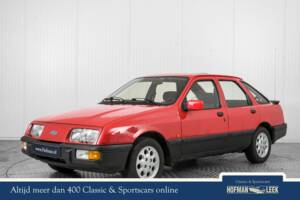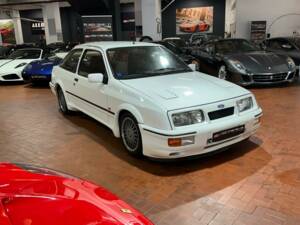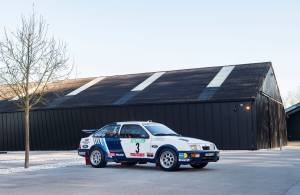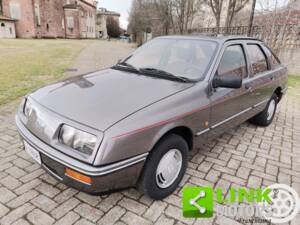Ford Sierra Classic Cars for Sale
The Ford Sierra, produced between 1982 and 1993, stands out for its aerodynamic design, broad range of engines, and relevance in motorsport. Offered as hatchback, saloon, estate, and even pick-up, the Sierra appeals to classic car enthusiasts who appreciate both technical versatility and 1980s automotive innovation.
Search results
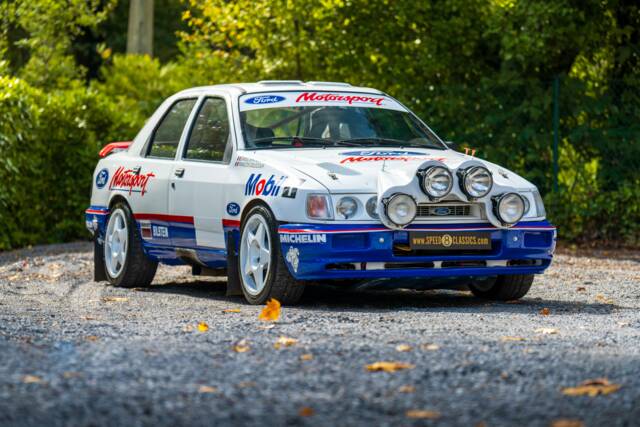

1987 | Ford Sierra 2.0 S
Ford Sierra 2.0i S

1987 | Ford Sierra RS Cosworth
FORD SIERRA RS COSWORTH PRIMA SERIE 204CV 2.0 turbo 16v
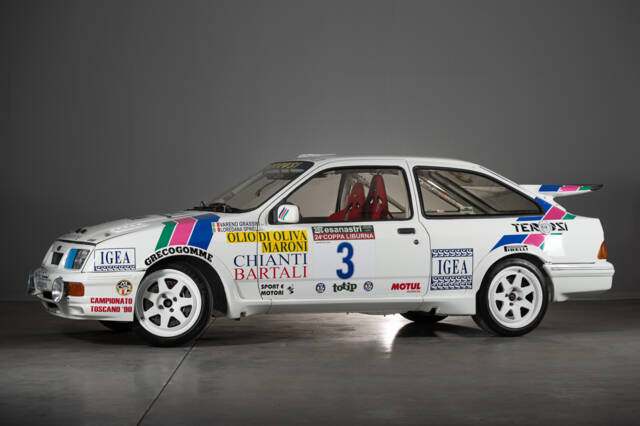
1986 | Ford Sierra RS Cosworth
FORD SIERRA RS COSWORTH RALLY
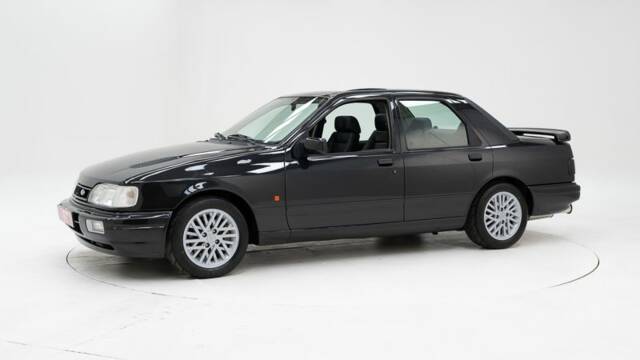
1990 | Ford Sierra Cosworth 4x4
1990 Ford Sierra Cosworth 4x4 '90

1988 | Ford Sierra RS Cosworth
„Stig Blomqvist und der Ford Sierra RS Cosworth: Ein Rallye-Ikone der 80er Jahre!“

1986 | Ford Sierra 1.8 Turnier
FORD Sierra 1.8 5 porte GL
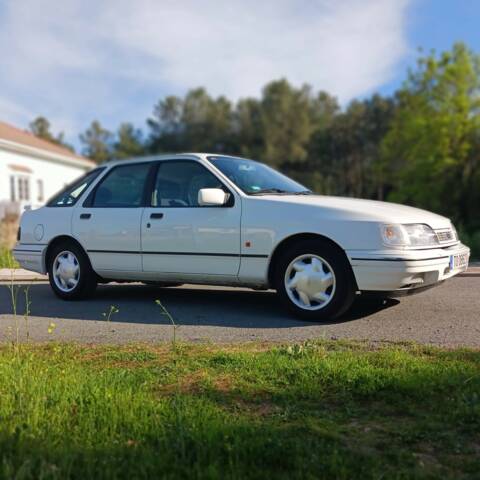
1992 | Ford Sierra 2.0
Never restored, only 1 owner
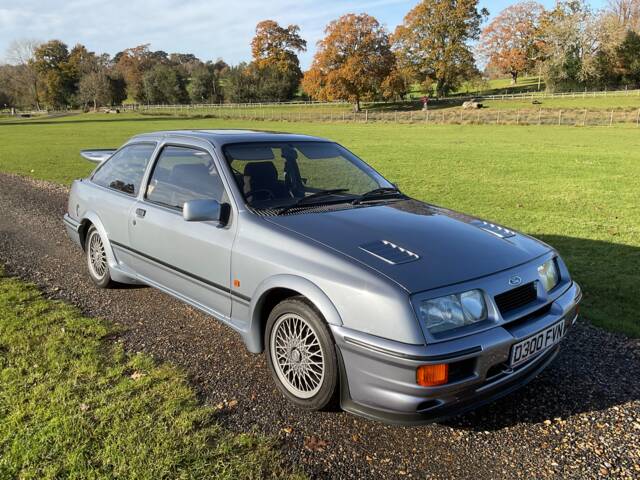
1987 | Ford Sierra RS Cosworth
1987 Ford Sierra RS Cosworth
Ford Sierra listing references from Classic Trader
Below you will find listings related to your search that are no longer available on Classic Trader. Use this information to gain insight into availability, value trends, and current pricing for a "Ford Sierra" to make a more informed purchasing decision.

1987 | Ford Sierra RS Cosworth
1987 Ford Sierra RS Cosworth
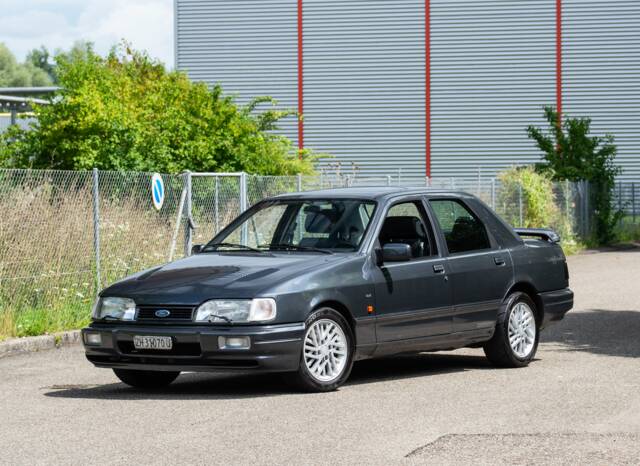
1990 | Ford Sierra Cosworth 4x4
Komplett originale Schweizer Auslieferung, original Recaro Lederausstattung mit Schiebedach, frisch ab Service
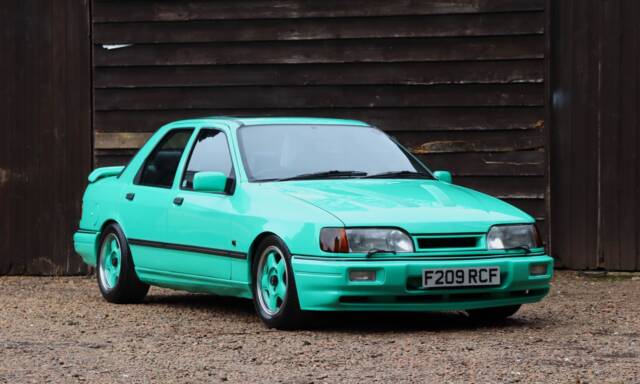
1989 | Ford Sierra RS Cosworth
1989 Ford Sierra Sapphire RS Cosworth
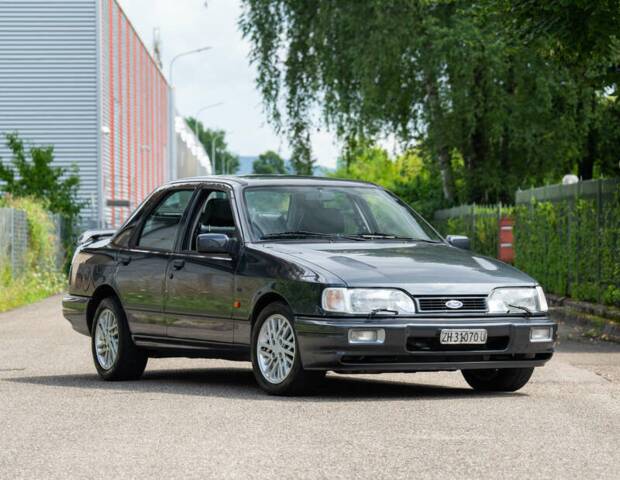
1990 | Ford Sierra Cosworth 4x4
1990 Ford Sierra RS Cosworth 4x4
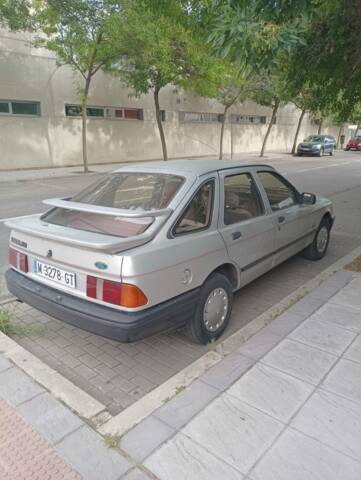
1985 | Ford Sierra 2.0 S
En uso
Introduction and History of the Ford Sierra
Unveiled at the Paris Motor Show in 1982, the Ford Sierra was introduced as the successor to the Ford Taunus and the British Ford Cortina. Its streamlined body, crafted by Uwe Bahnsen, sparked debate with its futuristic design—a stark departure from its predecessors' straight-edged aesthetic. Built in Belgium, Germany, and the UK, the Sierra boasted advanced chassis engineering for its class, including independent rear suspension and rear-wheel drive across most of the range. Production ran for over a decade, with more than 2.7 million units sold across Europe and South America. The Sierra significantly impacted both road use and motorsport, with later years seeing refined updates to styling, safety, and efficiency.
Model History
The Sierra began production in 1982 as a five-door liftback and estate, soon joined by variants including three-door hatchbacks and a four-door saloon (Sierra Sapphire) in 1987. The car replaced both the Ford Taunus and Cortina, marking a new chapter in Ford's mid-sized segment. Various series revised the model over time: Series I (1982–1986), Series II (1987–1990), and Series III (1990–1993), each introducing new body styles, safety features like ABS, and updated interior layouts. Notably, the 1.8-litre turbodiesel widened the engine range in the 1990 facelift, and the Sierra’s later production was marked by improved ergonomics and comfort, before being succeeded by the Ford Mondeo in 1993.
Highlights of the Ford Sierra
The Sierra is recognised for its cutting-edge styling at launch, which contributed to impressively low drag coefficients for the era. A diverse engine line-up ranged from frugal four-cylinder petrol and diesel models through to muscular V6s and the turbocharged Cosworth variants. The Sierra RS Cosworth, with 204 PS, remains a favourite among motorsport fans, as does the limited-run RS500. Various trim levels from the basic L and S through Ghia to performance XR and Cosworth models offered broad customisation, and the introduction of ABS and power steering in higher-spec versions elevated daily usability. Unique features like heated front windscreens (Quickclear), Recaro sport seats, and advanced sound systems were available. Estate models provided notable practicality, while the rare P100 pick-up found favour with professionals and tuners alike.
Technical Data
Special Editions and Collectible Models
Among the Sierra’s special editions, the RS Cosworth and RS500 stand at the top—built for homologation in touring and rally racing, these feature a turbocharged 2.0-litre YB engine, wide bodywork, and motorsport-proven upgrades. The RS500 was produced in just 500 units, each with enhancements for competition use. Other notable versions include the XR4i and XR4x4 (with performance-oriented suspension, V6 power, and unique styling), the luxury Ghia with advanced comfort options, and the Laser and 2000E editions offering distinct trims. The versatile P100 pick-up, based on the Sierra from 1988, is increasingly recognised by collectors for its rarity and motorsport conversion potential.
Weak Spots and Common Issues
Although the Sierra is robust and enjoys good parts support, known issues include corrosion around wheel arches, sills, and floors—particularly on early models lacking comprehensive rustproofing. Rear suspension bushes and subframe mounts require regular inspection on high-mileage examples. Pinto and OHC engines are durable when maintained but timing belt changes are critical to avoid failure. The 2.8/2.9-litre V6 models can suffer from camshaft wear if oil changes are neglected. Cooling system leaks and worn electrical connectors may arise with age. RS and XR models’ body kits can be prone to cracking and sourcing original trim or Recaro interiors may be challenging due to rarity, especially for Cosworth models.
Engine and Performance, Transmission and Handling
Driving dynamics were a strong suit for the Sierra, especially with the independent suspension layout, precise rack-and-pinion steering, and well-balanced chassis. Entry-level models favour comfort and predictable handling, while XR4, XR4x4, and Cosworth variants deliver far sharper responses, more power, and improved grip—especially when fitted with LSDs and four-wheel-drive. Manual gearboxes are generally slick, though automatics were available on many versions. The 2.8 V6 (XR4i/XR4x4) produced up to 150 PS, while Cosworth models—in both rear- and four-wheel-drive forms—delivered up to 204 PS (RS Cosworth) or more for racing specification RS500s. - XR4i: 2.8-litre V6, 150 PS, distinctive double rear spoiler, notable for road and touring car success.
- XR4x4: Five-door, four-wheel drive, sporting versatility for all conditions.
- Sierra RS Cosworth: Turbocharged 2.0-litre engine, 204 PS, legendary performance in British Touring Car Championship and rallying.
- RS500: Homologation special, 500 units, uprated intercooler/turbo, engine upgrades for motorsport.
- Ghia: Top-trim comfort and luxury, advanced cabin equipment.
- P100: Practicality-focused pick-up, now rare and valued by enthusiasts.
Interior, Comfort, Exterior and Design
Uwe Bahnsen's aerodynamic exterior penned a new epoch for Ford, with flush glazing, flowing wings, and a low drag profile. Sierra hatchbacks and estates maximised load practicality—with variable rear seats, capacious boots, and innovative tailgate glass. Saloon Sapphire models emphasised formal looks for executive buyers. Cosworth and XR variants wore aggressive spoilers, side skirts, wide arches, and motorsport-influenced trim. Paint codes included Moonstone Blue, Diamond White, and iconic black finishes—RS variants could be specified with unique colours and Recaro interiors. Standard and optional equipment included leather-trimmed steering wheels, sport seats, sunroofs (manual/electric), advanced sound systems, and Quickclear heated front/ rear screens—rare for the era. Accessories ranged from alloy wheels to headlamp washers and electronic trip computers.
Other Features
The Sierra range featured robust safety credentials for its age, such as reinforced side-impact bars and anti-lock braking systems (ABS) on higher trims. Many cars retain their original owner books, tool kits, and full-size spare wheels. Historic motorsport participation—across touring car and rally series—remains part of the Sierra’s appeal, with ample aftermarket support for upgrades, restoration, and performance tuning, particularly around Cosworth models.
Summary
The Ford Sierra remains a touchstone of 1980s engineering and design, especially in its advanced chassis, versatile range, and motorsport success. Collectors and classic drivers appreciate its combination of distinctive styling, customisability, and a spectrum of mechanical choices—from the practical estate to the formidable RS Cosworth. Ongoing parts availability and strong club support ensure the Sierra is both a rewarding classic to own and an engaging drive across its various iterations.

